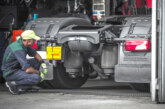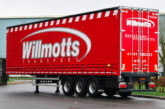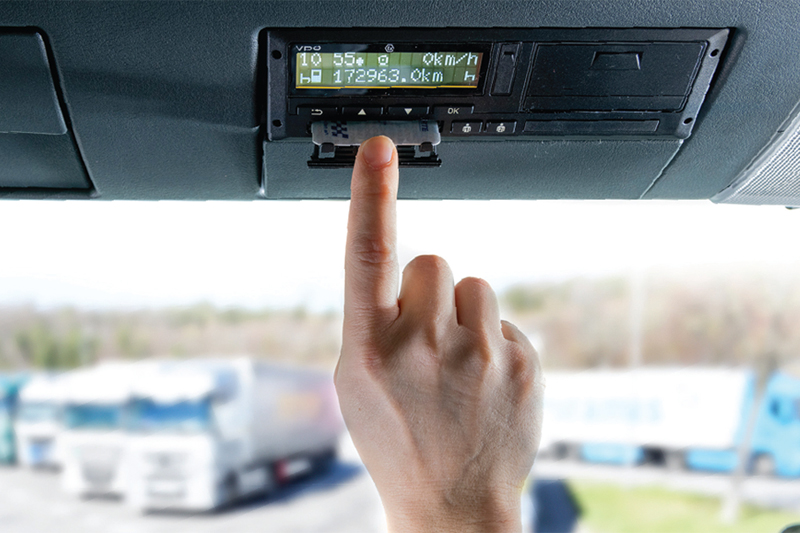
Continental’s Gilles Mabire, Head of the Commercial Vehicles & Services Business Unit, and Dirk Gandras, Manager in Charge of Tachograph Development, discuss the important new roles for intelligent tachographs.
Tachographs have an important role to play as Continental’s next-generation intelligent tachograph will enable implementation of the guidelines set forth in the new legislation Mobility Package I. One of the most important changes will be the rules governing cabotage and posting of workers in the transport industry.
In addition to the tachograph’s existing functions, units installed in commercial vehicles will record border crossings through a link to a satellite positioning system. “We welcome the use of the DTCO for monitoring compliance with the guidelines for cabotage and posting of workers, and we think it is good that tachographs will soon be mandatory for vehicles with gross weights between 2.5 and 3.5 metric tons engaged in international transport,” says Gilles Mabire. “The Mobility Package I will ensure fair competition within the transport industry and promote better levels of safety. That is very good news.”
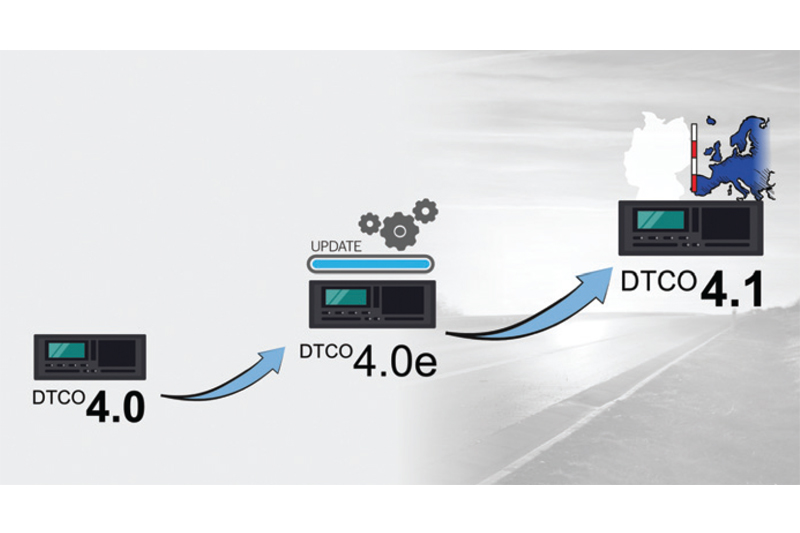
Greater importance of tachographs
This decision is certain to increase the importance of smart tachographs because the Mobility Package requires them for achieving its transport policy goals. Trustworthy data from commercial vehicles will be needed for this purpose. “We’re making an important contribution to society, and we’re proud of it,” says Mabire. “We’re also very confident that our tachographs will help policymakers deal with a number of other important problems in society. Thanks to their ability to record clearly assigned data in a secure, trustworthy manner, they are a marvelous tool for this.”
Work on the next generation, the DTCO 4.1, has already begun at Continental’s renowned tachograph manufacturing centre in the Black Forest. “We’ve been following the work on the Mobility Package very closely and have already drawn up technical scenarios for recording border crossings,” comments Dirk Gandras. The previous tachograph generations will provide the technological foundation, and the current version DTCO 4.0 can already receive satellite signals.
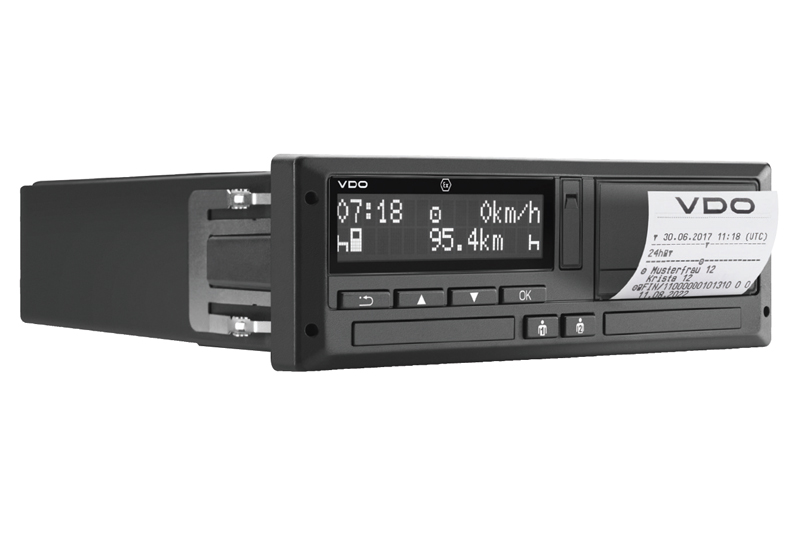
Satellite communication
The DTCO 4.1 will register border crossings by means of satellite positioning and record the locations where vehicles are loaded and unloaded. Authorities can use this data to check compliance with regulations, in particular those pertaining to market access (cabotage) and to posting of drivers. In fact, in addition to using GPS signals, it will be one of the first industrial applications to support Open Service Navigation Message Authentication (OSNMA) of signals from the Galileo system. The engineers of Dirk Gandras’ team have already taken the Galileo signal into account constructing the present DTCO 4.0 generation.





